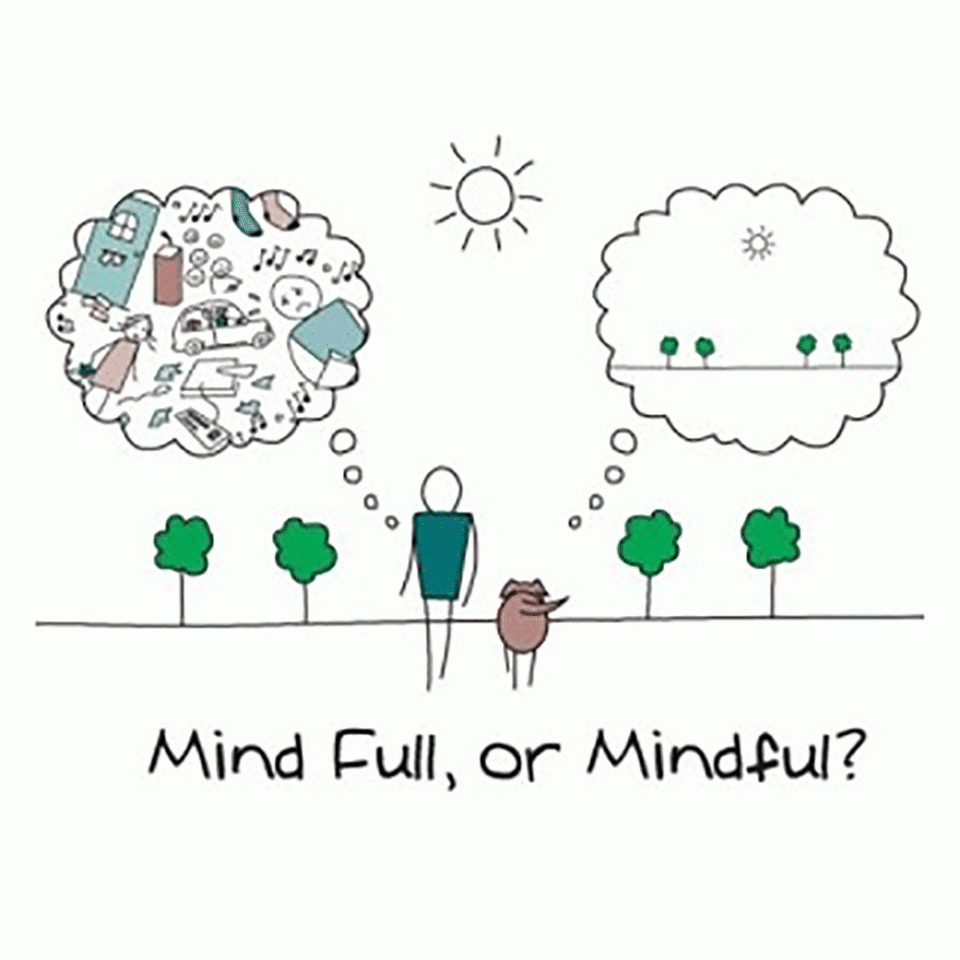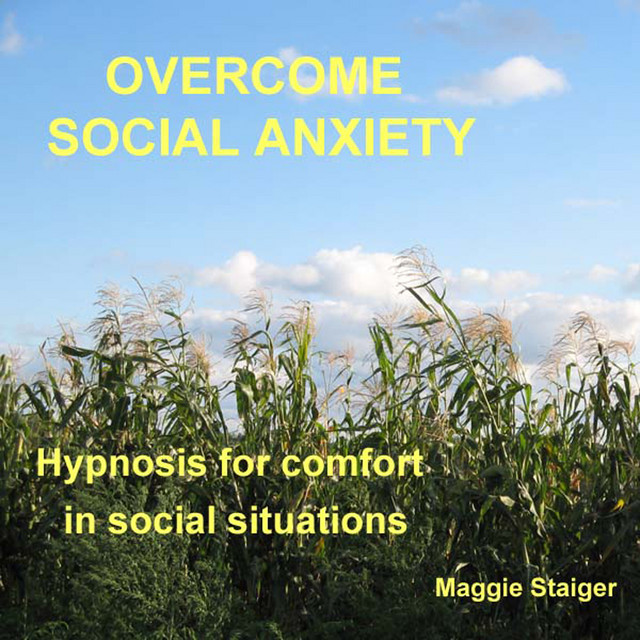
Milton Hyland Erickson was an American psychiatrist and psychologist. He was also a specialist in medical hypnosis as well as family therapy. His theories are still widely used today. His book "Hypnosis, the Family" was published in 1960. It contains practical advice on using hypnosis to solve conflict. But it is crucial to understand his origins before applying them in your daily life.
Milton Erickson was born to a Wisconsin farming family. He developed polio early in his life. He was 51 when he got the second case of the disease and was paralysed. He became colourblind, dyslexic, and tone deaf from the disease, which left him in a wheelchair. The American Medical Association tried to revoke his license in the 1950s. Despite the hardships, his story was one of perseverance.

While his work was influential, there was one major flaw. Rather than employing a hypnosis technique based on the unconscious mind, Erickson relied on patient behavior to induce a trance. To build rapport, Erickson focused on his patients' facial expressions and body language to establish trust. He was able to induce a hypnotic state in his patients by doing this. Post-polio syndrome was also treated with his method of treatment.
Although many hypnosis techniques still use the same principles, Erickson's basic approach to hypnosis is consistent. Understanding the unconscious mind is crucial. It contains all of the resources necessary to change an individual's behaviour. Therefore, the treatment should be aimed at resolving a problem and regaining health. The basics of hypnosis are important if you want to become a practitioner.
To achieve a complete recovery, you must be realistic about what is possible. The goal of psychiatric therapy is to help patients reach a point where they feel safe and contented. Unfailing to recognize the signs and symptoms of a relapse, a psychotherapist should be able to assist patients. This is why a psychiatrist should be aware of the underlying cause of the psychiatric problem.

Milton Erickson’s techniques go beyond hypnosis. Therapists can use the techniques for many purposes, including treating patients with difficulty walking or learning new skills. Although he was a psychiatrist and a doctor, his insight into the unconscious mind made him a pioneer of hypnosis. In addition to hypnosis, the principles of this form of therapy are based on neurolinguistic programming.
While Milton Erickson was born into a poor farming community in the United States, his life was shaped by a traumatic experience. His life was difficult for him because he was colorblind, tonedeaf, and dyslexic. He also couldn't talk until he was in his teens. He had severe polio, and dyslexia. He was unable to move his arms or legs and spoke only a few words when he awoke after a coma. This enabled him to gain insight into human behaviour.
FAQ
What's the difference between a virus & a bacterium?
A virus can be described as a microscopic organism that cannot reproduce in another cell. A bacterium, a single-celled organism, reproduces by splitting into two. Viruses have a very small size (about 20 nanometers), while bacteria is larger (up to one micron).
Viruses are spread via contact with infected bodily liquids such as urine, saliva, semen and vaginal secretions. Bacteria can easily be spread from direct contact to contaminated surfaces and objects.
Viral infections can be transmitted through skin cuts, scrapes and bites. They can also enter the body through the mouth, nose, eyes and ears, vaginal, rectum or anus.
Bacteria can enter our bodies through wounds, cuts, scrapes, burns, insect stings, or other breaks in our skin. They may also come into our bodies through food, water, air, soil, dust, or animals.
Both bacteria and viruses can cause illness. But viruses can't multiply within their hosts. Viral infections can only cause diseases in living cells.
Bacteria can grow in their hosts and cause disease. They can spread to other parts of our bodies. Antibiotics are needed to eliminate them.
Is cold a sign of a weak immune response?
It has been said that there are two types of people on the planet: those who love winter, and those who don't. But whether you love or hate it, you may find yourself wondering why you feel so lousy when it's cold out.
The reason is simple: Our bodies are made to function well in warm temperatures. In fact, we evolved to thrive in hot climates because that's where most of our food sources are located.
But now we live in an environment that is very different from how our ancestors lived. We spend a lot more time indoors, and are often exposed at extreme temperatures (cold and hot), and we eat processed foods over fresh.
As a result, our bodies aren't used to such extremes anymore. When we do venture out, our bodies are unable to cope with the extremes.
However, there are some ways to reduce these effects. You can combat these effects by making sure you are well-hydrated all day. Hydration is key to keeping your body well hydrated, flushing out toxins and keeping your system healthy.
A healthy diet is another important thing. Healthy food will help your body maintain its optimal temperature. This is especially important for those who spend long periods inside.
Finally, consider taking a few minutes each morning to meditate. Meditation is a great way to relax your body and mind. It makes it easier for you to cope with stress and illness.
How often should I exercise?
It is important to exercise for a healthy lifestyle. You don't have to exercise for a certain amount of time. Finding something that you love and sticking with it is the key.
If you work out three times a week, then aim to complete 20-30 minutes of moderate intensity physical activity. Moderate intensity will mean that you'll continue to be exerting yourself afterward. This type workout burns about 300 calories.
For those who prefer to walk, you can go for 10-minute walks four times a week. Walking is low-impact, easy on your joints, and it's also very gentle.
Jogging for 15 minutes three days a week is a good option if you prefer to run. Running can help you burn calories and to tone your muscles.
Begin slowly if your are not used to working out. Start by doing 5 minutes of cardio each day, a few times per week. Gradually increase the duration until you reach your goal.
What is the healthiest lifestyle to life?
Living a healthy lifestyle is one that encourages you to eat well, exercise regularly, get enough sleep, and avoids stress. These guidelines will help you live a long, healthy life.
Starting small can make a big difference in your diet, and even your exercise routine. If you're looking to lose weight, walk for 30 minutes each morning. You can also take up dancing or swimming if you are looking to be more active. You could also sign up to an online fitness platform like Strava, which tracks your activity.
What are the best 10 foods to eat?
The 10 best foods to eat include:
-
Avocados
-
Berries
-
Broccoli
-
Cauliflower
-
Eggs
-
Fish
-
Grains
-
Nuts
-
Oats
-
Salmon
Statistics
- WHO recommends consuming less than 5% of total energy intake for additional health benefits. (who.int)
- The Dietary Guidelines for Americans recommend keeping added sugar intake below 10% of your daily calorie intake, while the World Health Organization recommends slashing added sugars to 5% or less of your daily calories for optimal health (59Trusted (healthline.com)
- nutrients.[17]X Research sourceWhole grains to try include: 100% whole wheat pasta and bread, brown rice, whole grain oats, farro, millet, quinoa, and barley. (wikihow.com)
- Extra virgin olive oil may benefit heart health, as people who consume it have a lower risk for dying from heart attacks and strokes according to some evidence (57Trusted Source (healthline.com)
External Links
How To
How To Keep Your Body Healthy
This project had one goal: to provide some tips on how to keep your body healthy. The first step towards maintaining health is to understand what you should do to maintain your health. To do this, we needed to discover what is best for our bodies. We looked at many ways that people attempt to improve their health. Finally, we came up some tips that would make us happier and healthier.
We started off by looking at the different types of food that we eat. We discovered that some foods are not good for us and others are better. For example, we know that sugar is very unhealthy because it causes weight gain. However, vegetables and fruits are good for us as they have vitamins and minerals that our bodies need.
Next, we will be looking at exercise. Exercise helps our bodies get stronger and gives them energy. Exercise makes us happy. There are many different exercises we can do. Running, swimming, dancing, lifting weights, and playing sports are some examples. Yoga is another way to improve your strength. Yoga is an excellent exercise because it improves flexibility and breathing. We should avoid junk food and drink lots of water if we are trying to lose weight.
Last but not least, we discussed sleep. Sleep is the most important thing we do each and every day. Insufficient sleep can cause fatigue and stress. This can cause problems like back pain, depression, heart disease and diabetes as well as obesity. If we want to be healthy, we need to get enough sleep.